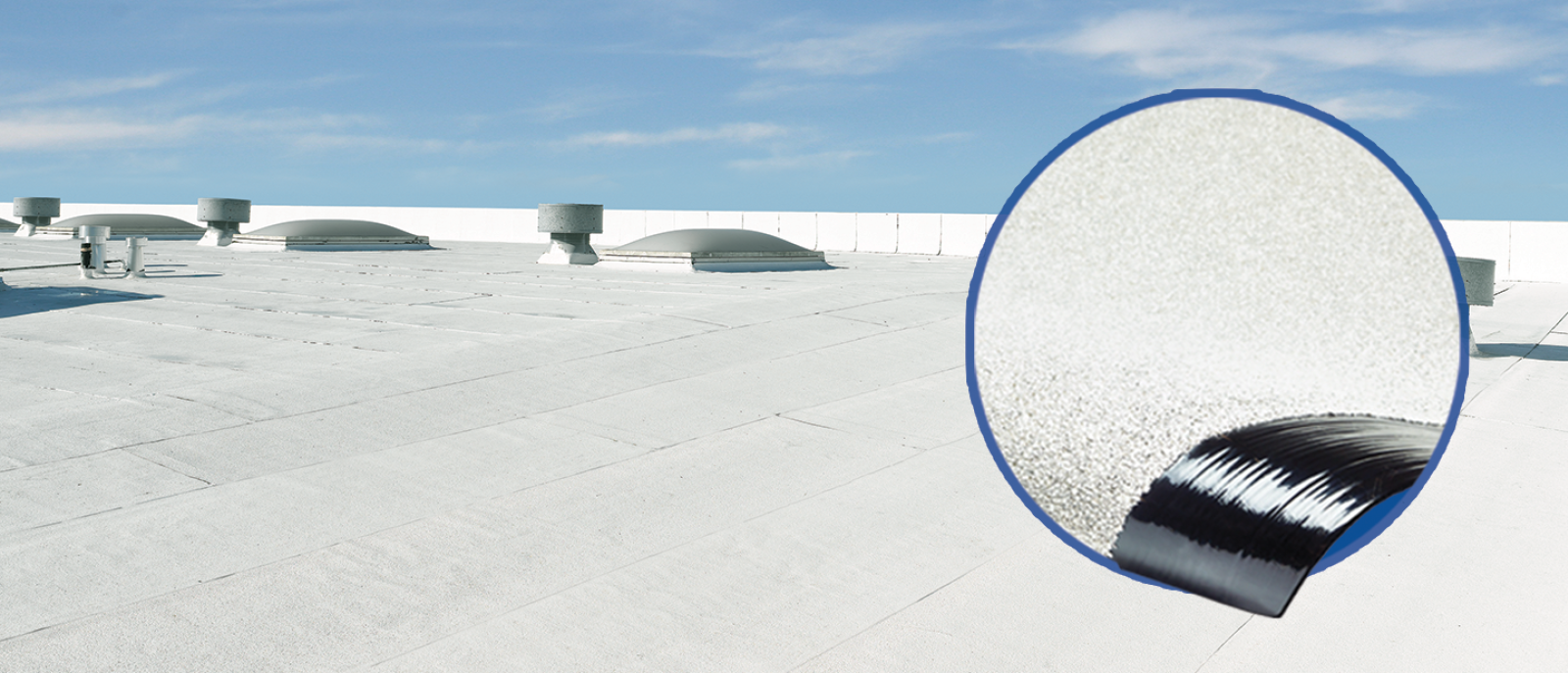Title 31 of the Los Angeles County Code is also known as the Green Building Standards Code. It covers water and material conservation, waste reduction, and energy efficiency with an ultimate goal of minimizing environmental impact and maximizing occupant comfort.
Title 31 also mandates cool roofs, which require roofing materials that react to solar energy in a way conventional roofs cannot. This directly impacts new construction and alterations to existing buildings.
What’s a Cool Roof?
Cool roofs reduce heat absorption, which helps cool not only the building but also its surrounding area. They also yield high thermal emittance, which means they can release absorbed heat more effectively.
The nonprofit Cool Roof Rating Council uses objective third-party rating programs to determine the radiative properties of roofing and exterior wall products. For instance: the Solar Reflectance Index (SRI) indicates the ability of a roof surface to return solar energy to the atmosphere. The higher the SRI, the better the performance.
Cool Roof Considerations
.jpg?crop=yes&k=c&w=480&h=320&itok=bE4CEXo9)
Cool roofs can be made from a variety of materials, including reflective coatings, tiles, and shingles. They’re suitable for nearly all types of buildings, but the choice of material and design should consider the building and climate requirements.
Title 31-compliant Flintlastic GTA CoolStar® Ultra asphaltic membrane has an initial Solar Reflectance Index of 90, making it the ideal choice for contractors and building owners. Its surface utilizes naturally occurring aggregate processed to bright white granules that are 100% opaque to UV radiation. This protects the membrane against UV degradation while maintaining granule adhesion with superior solar reflectance.
Cool Roof Benefits:
- Energy Savings - By keeping the building cooler, cool roofs reduce the need for air conditioning, leading to lower energy bills.
- Extended Roof Life - Lower temperatures reduce thermal stress and can help extend a roof’s lifespan.
- Comfort - Indoor air comfort improves, especially in buildings without air conditioning.
- Environmental Impact - Cool roofs can help mitigate the urban heat island effect, reduce smog formation, and decrease peak electricity demand.
Overall, Title 31 aims to make residential and commercial buildings more energy-efficient, environmentally friendly, and comfortable for occupants. Cool roof technology is a promising solution for residential and commercial energy efficiency and environmental resilience, especially in urban areas.



